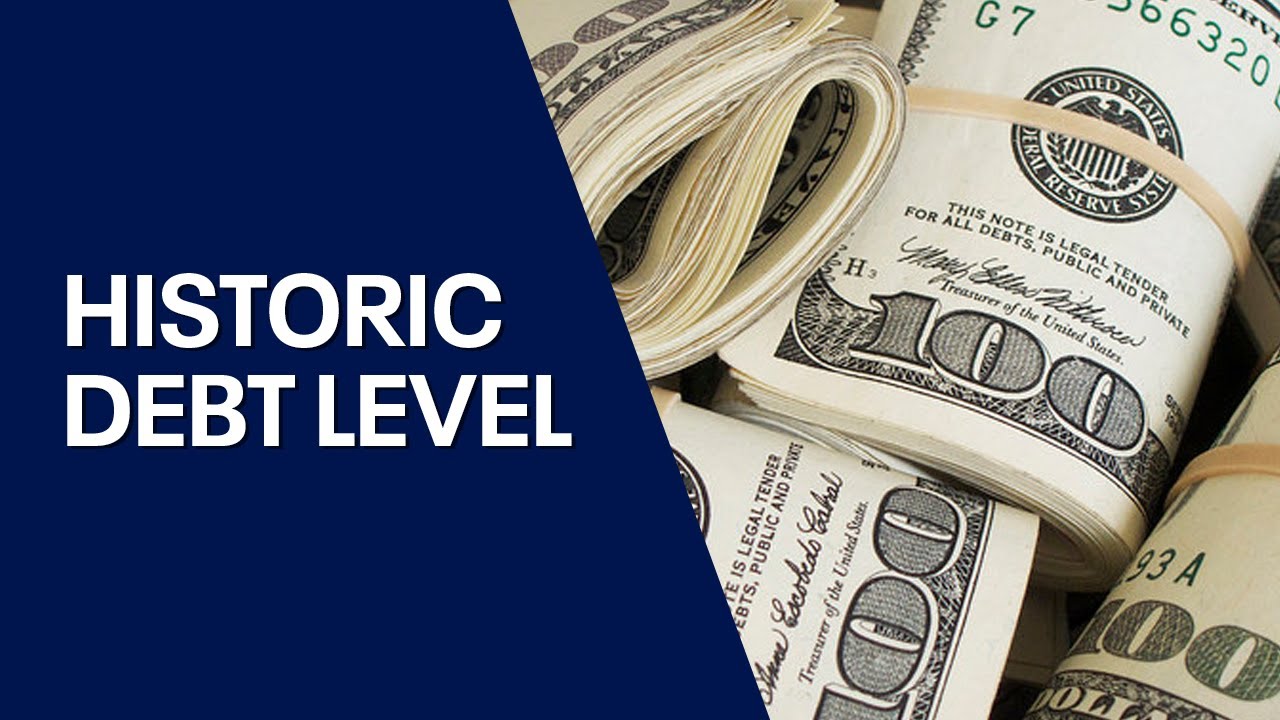In September, the gross national debt of the United States reached a staggering $33 trillion, a new record following its previous milestone of $32 trillion earlier in the year. This alarming figure is accompanied by a concerning trend: the U.S. is currently spending more on paying interest on its national debt than on its national defense, as reported by the Treasury’s monthly statement.
The fiscal year up to August saw the Treasury disbursing $807.84 billion in interest payments on its debt securities, while the Department of Defense’s budget for military programs amounted to only $695.44 billion during the same period. This juxtaposition becomes even more significant when considering that the United States outspends every other nation on defense.
The recent years have been marked by significant government spending, leading to a deficit, which occurs when government expenditures exceed tax revenues in a fiscal year. The COVID-19 pandemic triggered the approval of several substantial bills, including the American Rescue Plan Act, with a price tag of $1.9 trillion. The Congressional Budget Office estimates that the debt ceiling package signed into law in the summer to prevent a national default could reduce the deficit by $1.5 trillion over the next decade. However, the Committee for a Responsible Budget (CRFB), a nonprofit organization specializing in federal budget and fiscal matters, suggests that the actual savings could be closer to $1 trillion, depending on “side deals” outside the agreement.
CRFB President Maya MacGuineas emphasized the necessity of addressing healthcare, Social Security, and the tax code to regain control over the national debt.
 The government’s borrowing spree in recent years took place during a period of historically low interest rates. However, as interest rates rise and prices continue to climb, the cost of servicing this debt is set to increase. According to the Peter G. Peterson Foundation, nearly $2 billion is spent daily on interest payments for the national debt.
The government’s borrowing spree in recent years took place during a period of historically low interest rates. However, as interest rates rise and prices continue to climb, the cost of servicing this debt is set to increase. According to the Peter G. Peterson Foundation, nearly $2 billion is spent daily on interest payments for the national debt.
Furthermore, the government’s substantial debt levels can crowd out other borrowing opportunities in the economy, making it more difficult for corporations to secure loans. As Phillip Braun, a clinical professor of finance at Northwestern University’s Kellogg School of Management, explained, “There’s only so much money in the economy, and so with the government borrowing such large amounts, there’s only so much that people are willing to lend overall in the economy, so it pushes out other types of borrowing.” The government had an opportunity to refinance its debt when interest rates were low, but this opportunity was missed, leading to unnecessarily higher borrowing costs.
Who Owns America’s National Debt?
The national debt in the United States is diverse, similar to having various types of personal debt like credit cards, mortgages, and car payments. The U.S. Department of the Treasury manages the national debt, classifying it into two categories: intragovernmental debt and debt held by the public.
Intragovernmental debt, accounting for approximately $6.8 trillion of the national debt, represents obligations between different government agencies. The larger portion of the debt, around $26.2 trillion, is held by the public. This segment includes ownership by foreign governments, banks, private investors, state and local governments, and the Federal Reserve, primarily in the form of Treasury securities, bills, and bonds.
Foreign governments and private investors are among the most significant holders of public debt, possessing roughly $8 trillion. Approximately 50% of this debt is owned by private and public domestic entities, while the Federal Reserve Bank holds approximately 20%. However, there is a silver lining concerning the debt held by the Federal Reserve.
Phillip Braun explained, “The Federal Reserve owns a lot of government debt. The Treasury does pay interest payments to the Federal Reserve, but then the Federal Reserve turns around and gives it back to the Treasury — that alleviates some of the issues.”
A Warning Signal
Rising interest rates are poised to exacerbate the national debt crisis, complicating the government’s ability to respond to economic slowdowns. Michael A. Peterson, CEO of the Peter G. Peterson Foundation, warned, “As we have seen with recent growth in inflation and interest rates, the cost of debt can mount suddenly and rapidly. With more than $10 trillion of interest costs over the next decade, this compounding fiscal cycle will only continue to do damage to our kids and grandkids.”
